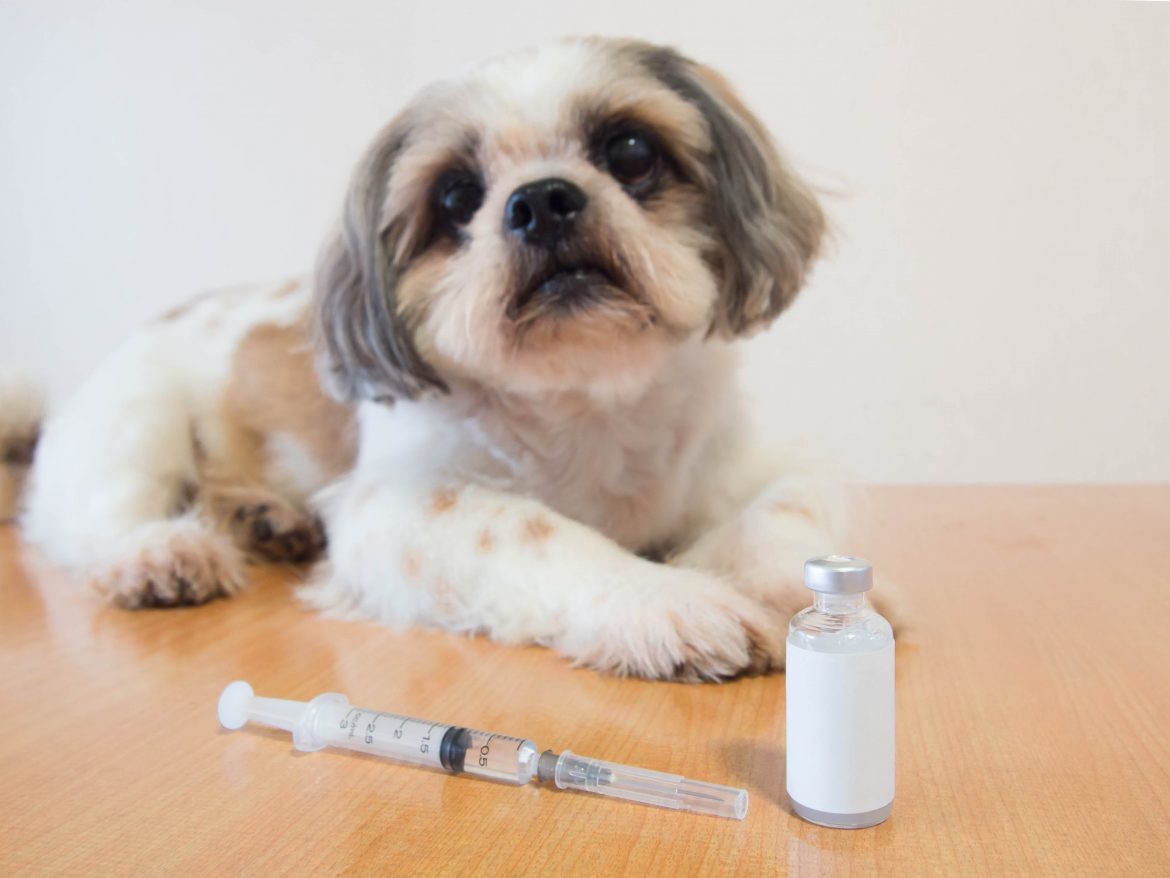You may be surprised to learn that dogs and cats can get diabetes, just like humans. Every responsible paw parent will need to learn the basics about pet diabetes to ensure you spot the tell-tale signs should your precious four-legged friend develop diabetes.
Diabetes mellitus is one of the common diseases that paw parents need to be aware of and keep an eye out for symptoms in your pet. Whilst there is no cure for diabetes in dogs and cats, if caught early, you can manage the disease in your precious pet with daily medication or injections and enable them to live a long, normal life.
Let’s jump into the nitty-gritty details and learn all the important facts about diabetes in dogs and cats!
What exactly is Pet Diabetes?
Diabetes mellitus (diabetes for short) is a common disease that occurs when your furry friend’s body cannot use glucose (a type of sugar) normally. Glucose serves as the main source of energy for the body’s cells and is primarily controlled by insulin. Insulin is required to transfer the glucose from the bloodstream into the cells.
There are two types of diabetes: Type 1 and Type 2. The first type is known as insulin-dependent diabetes and occurs when the body no longer produces insulin. Type 1 is most commonly seen in dogs. The second type of diabetes, known as insulin-resistant diabetes, occurs when the body can’t use insulin correctly. Type 2 is mostly seen occurring in cats.
How do dogs and cats get Pet Diabetes?
There isn’t only one thing that can cause your four-legged friend to get diabetes, there are several factors that can increase your pet’s risk of getting the disease. A few of these factors are genetic predisposition, pregnancy, age and obesity. Elderly dogs and cats are more likely to be diagnosed with diabetes, however, this disease has been seen in younger pets as well. Studies show that female and neutered animals have a higher risk of developing diabetes.
There are certain breeds of dogs and cats that have a higher risk of developing diabetes, such as Dachshunds, Terriers, Toy Poodles, Golden Retrievers, German Shepherds and Siamese cats. If you have one of these breeds, ensure to learn the tell-tale signs of diabetes and make a trip to the veterinarian should you notice your pet experiencing one or more of the symptoms.
Discover: 5 Tips on How to Calm An Anxious Dog at the Vet
The symptoms and signs of Pet Diabetes
There are common symptoms associated with diabetes. If you notice your dog or cat showing one or more of the below symptoms, be sure to make a stop at your local veterinarian.
1. Excessive thirst and frequent urination
To get rid of excess sugar in the blood, the body will dilute the blood with water. To do this, chemical signals will tell your pet’s body that they are thirsty to bring in more water. And an obvious side effect of this increased thirst and drinking is that your pet will urinate more frequently. You will likely notice refilling your four-legged friend’s water bowl more often than usual or find them drinking from unusual spots, such as the pool or toilet.
2. Always hungry (not the usual begging!)
Diabetes usually causes a sudden change in appetite, commonly, a sudden increase in appetite. This is due to the body cells not receiving enough energy (due to the lack of insulin to transfer the glucose in the blood into the cells). Therefore, your pet’s body will be signalling that it is hungry, to try and get more energy.
3. Weight loss
Despite your pet asking for more food due to an increased appetite, pets with untreated diabetes are likely to experience weight loss due to their body’s cells not receiving enough energy. Their body will start to break down fat and muscle for energy, as they aren’t receiving sufficient amounts from food.
4. Cloudy eyes (symptom only seen in dogs)
Dogs with untreated diabetes can get cloudy eyes as high glucose levels can cause deposits on the lens of the eye, which will eventually cause cataracts.
5. Fatigue (symptom only seen in dogs)
If you notice that your precious pooch is spending the majority of the day snoozing away, it is definitely time to go for a check-up at the vet. Fatigue is a common symptom of diabetes as your pup is not getting enough energy and therefore, always feels tired.
6. Increased shedding and thinning of your kitty cat’s coat (symptoms only seen in cats)
It is important to keep in mind that there are many different reasons why your cat’s coat might be thinning out and looking rather patchy, however, if you notice your cat experiencing one of the above symptoms as well as a scraggly-looking coat, it is a tell-tale sign to go visit the vet.
Read: Pet Skin Conditions: Causes, Types & Treatment
Your beloved pet has diabetes, now what?
The diabetes diagnosis can be scary, but there are many different treatments options available which, if used properly, will help your pet lead a long happy, healthy life. Once your vet has diagnosed your pet with diabetes, after extensive blood tests and urine cultures, they will prescribe your pet a life-long treatment plan.
Usually, diabetes treatment involves daily insulin injections, which your vet will teach you how to administer. Don’t worry, the needle is very small and generally tolerated well by pets.
If you’re concerned about the cost of caring for a pet with diabetes, or any other chronic illness for that matter, you should consider getting pet insurance. We recommend Oneplan Pet Insurance because they cover hereditary and congenital pre-existing conditions after a 12 month waiting period (so it’s a good idea to sign up now rather than waiting until your pet is diagnosed with a disease).
There is no one-size-fits-all treatment, and each pet will have its own needs, however, all kitty cats and precious pooches require careful monitoring and lots of cuddles!
Yours in Not-so-average Pet Advice,
The Petinsurance.co.za Team



